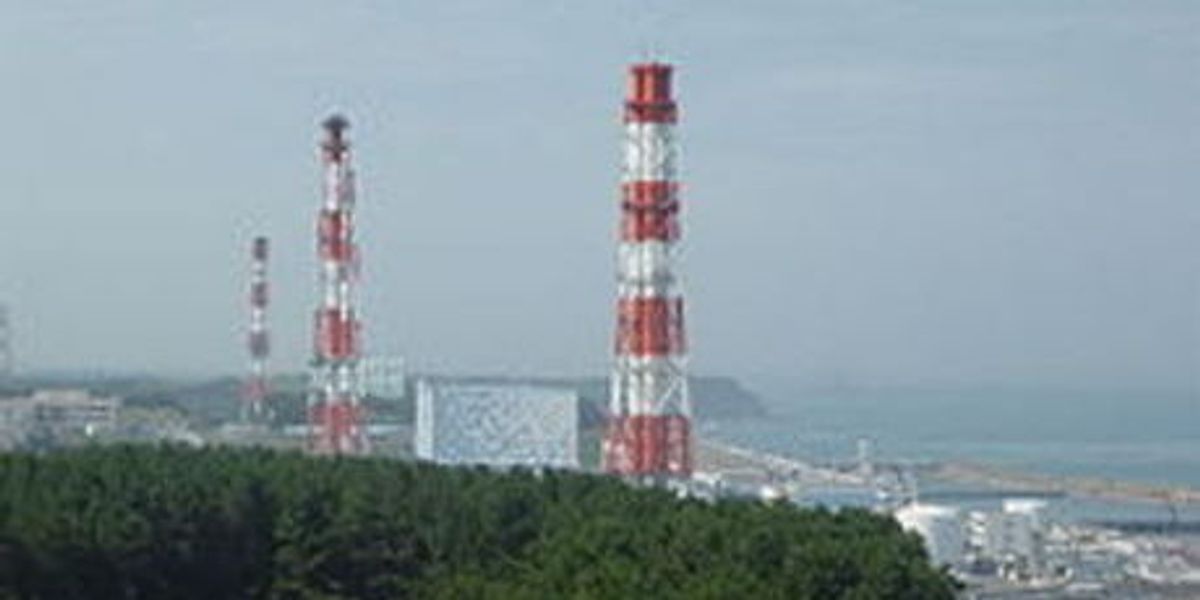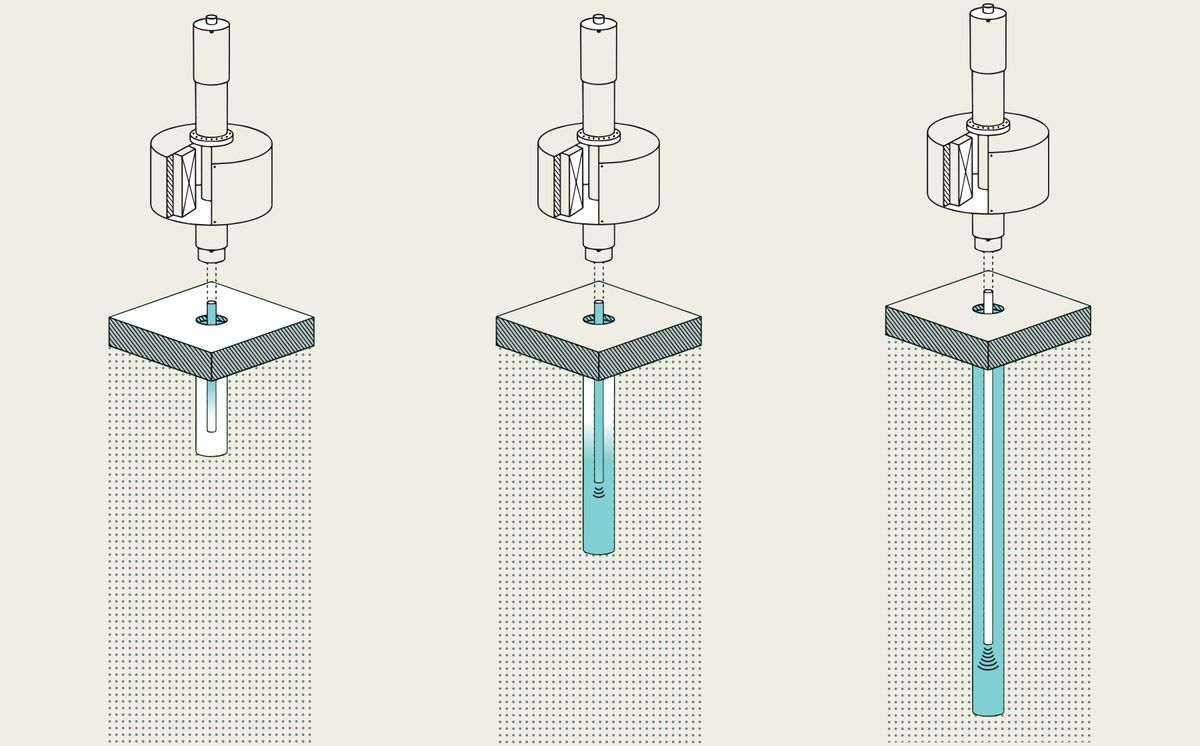It must be a tough time to be working at the OECDs International Energy Agency. Ordinarily, what could be better, if you're a bright young economist or computer modeler, than working in a plush Paris suburb and dining at Michelin-starred restaurants? But right now your job is to figure out how prices for all fuels will be affected in the coming year by Mideast turmoil and the Japanese nuclear crisis--and the obvious truth is, nobody has the slightest idea how much costs of alternative energy sources will rise, and what all the ramifications will be.
Less that a week after the Japanese earthquake and tsunami, the Financial Times reported that European natural gas prices were up 13.4 percent, coal prices 10.8 percent, and carbon emissions allowances 10.8 percent. Even before the crisis coal prices in Asian markets had climbed by a factor of four from 2003 to 2011 and in European markets by a factor of 2.5.
With the global oil industry still reeling from the aftershocks of last year's Gulf oil spill, and companies like Shell and Toyoto predicting gasoline prices of over $5/gallon by 2015, now more than ever the prospect of such sky-high costs is credible. To what extent will consumers opt for hybrid electrics or much more fuel-efficient conventional cars? And will utilities go mainly for gas, wind, or alternative fuels, and how fast?
Those aren't the only unknowns that have energy specialists chewing their nails rather than sipping their Beaujolais.
In response to the ongoing Fukishima reactor crisis, German Chancellor Angela Merkel temporarily shut down the country's seven oldest nuclear power plants and ordered a review of all operating reactors. She has asked for a Europe-wide "stress-test" review of all the continent's 143 nuclear power plants. The industry is pooh-poohing that idea. But Merkel, a PhD physicist, has repeatedly shown a determination and stubbornness that one underestimates at one's peril.
China, though continuing to build some 30-plus nuclear power plants, has suspended authorizations for any additional ones. A comprehensive review already is on in the United States as well, and it's a pretty safe bet that the most dubious operating reactors--those nearest big cities, and those vulnerable to earthquakes or tsunamis--will soon be shuttered for good.
Overall, the net number of nuclear power plants operating in the advanced industrial countries--that is to say, countries rich enough to have many options--will decrease rather than increase in the coming decades. That would seem to be bad news for all those who have sharp reduction of greenhouse gases at heart--except that there's also a countervailing effect, namely, the impact of generally rising energy costs, which will induce conservation and efforts at greater energy efficiency.
And then there are the ongoing effects of ever-stricter coal and carbon regulation. The week after the Japanese crisis began, the U.S. Environmental Protection Agency issues unprecedented rules for mercury emissions from coal-fired power plants, which the agency said might save as many as 17,000 lives annually. The impact of those rules on coal generation will be sharp, even if Republicans succeed in blocking EPA from also issuing greenhouse gas reduction rules, contrary to a Supreme Court ruling that instructed EPA to do so.
The week before Fukishima, the European Commission made known that it plans to adopt a new goal for reducing the European Union's greenhouse gas emissions even more than previously sought. Europe's existing objective is to cut emissions 20 percent by 2020 relative to 1990, and it "is on track to meet that goal," as The New York Times reported. The new goal will be a 25 percent cut.
So, will utilities and localities seeking to find alternatives to nuclear have no choice but to increase reliance on fossil fuels, or might new alternatives emerge? In New York City, the city government is quietly reviving the idea of building waste-to-energy plants in all five boroughs, an idea that went down in flames a couple of decades ago because of community opposition. If the concept can be revived, it would kill two or three birds with one stone: It would help solve the city's garbage problem, which became critical with closure of the huge Fresh Kills disposal site on Staten Island; and it would not only generate alternative energy but save energy, because of all the trucking as associated with garbage disposal at a distance. It might also help make up for energy lost if the Indian Point nuclear power plant north of the city is forced to close.
New York Governor Andrew Cuomo is on record as favoring closure of Indian Point. Now, under the circumstances, he may just succeed.
Luckily for those poor folk in Paris, they have till the fall to figure out what will be said in the next world energy outlook, which normally appears in November.



